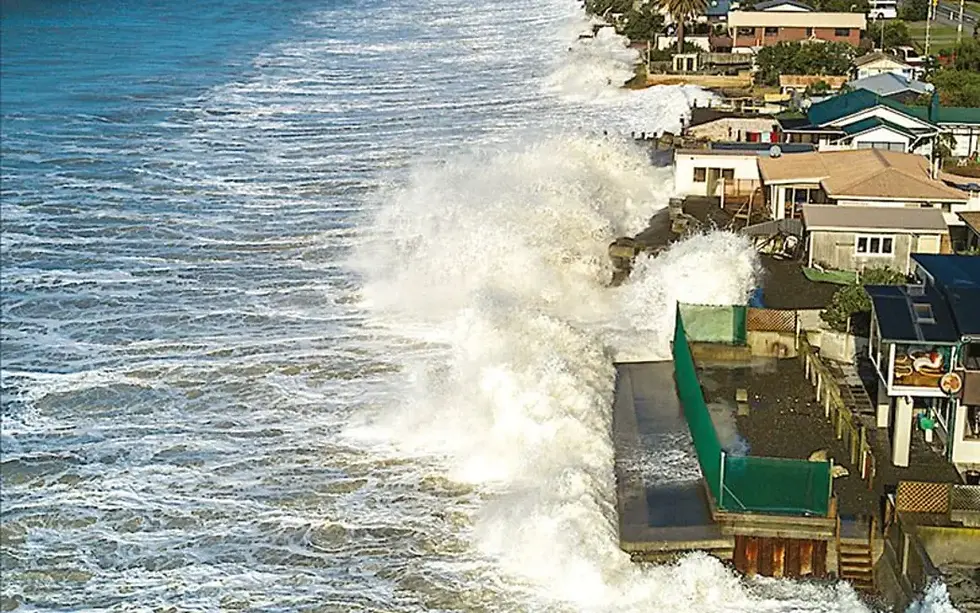History : The Rise of Floating Cities
- charlotteselve8
- 2 sept. 2023
- 2 min de lecture
The allure of overwater and floating constructions has captured our imaginations for centuries, and today, it's no longer confined to the realm of science fiction.
As we confront climate change and the growing vulnerability of coastal regions, the concept of floating cities is transitioning from dream to reality.
In this journey through time, we'll explore the evolution of floating constructions, the vulnerable territories seeking refuge, and the pioneering companies and governments leading the way.
(5th Century AD - Present)
1. Venice: A Historic Marvel
Our journey begins in the heart of Italy, where the iconic city of Venice stands as a testament to human innovation in navigating water. Venice's intricate network of canals and floating buildings has endured for over a millennium. While not a modern "floating city" per se, it demonstrates the possibilities of life harmoniously intertwined with water.
2. The Netherlands: A Pioneer in Floating Living
The Netherlands, renowned for its innovative water management, has been a pioneer in floating constructions. From houseboats to floating offices in Amsterdam's IJburg district, the Dutch have embraced water-centric living. They're also investing in projects like the "Floating Pavilion" in Rotterdam, showcasing resilient, waterborne architecture.
(2010s - Present)
4. Dubai: The Floatels of Luxury
Dubai, a symbol of extravagance, has set its sights on the sea. Luxurious floatels, including the iconic "Floating Seahorse" villas and "The World," a collection of artificial islands, redefine opulence on the water. Dubai's foray into floating real estate is a testament to the fusion of luxury and innovation.
(2020s - Present)
2. The Maldives: Paradise at Risk (21st Century)
Fast forward to the 21st century, where the Maldives, a paradise of coral islands in the Indian Ocean, faces the imminent threat of rising sea levels. With over 80% of its landmass barely a meter above sea level, the Maldives has taken bold steps towards constructing floating cities to safeguard its population.
5. The Philippines: Battling Rising Tides
The Philippines, an archipelago in Southeast Asia, grapples with the dual challenges of overpopulation and sea-level rise. Visionary companies like Oceanix and the government are exploring the construction of sustainable floating cities to address these pressing issues.
6. French Polynesia: Seasteading Ventures (2020s - Present)
French Polynesia has partnered with the Seasteading Institute to explore the creation of semi-autonomous floating communities. These "seasteads" aim to provide a platform for experimenting with innovative governance models while adapting to rising seas.
7. United Nations: A Global Approach (2020s - Present)
Recognizing the urgency of the situation, the United Nations has initiated discussions on floating cities as a potential solution for vulnerable regions worldwide. The UN's involvement underscores the global nature of this challenge and the need for collaborative efforts.
8. Oceanix: Building Sustainable Futures (2020s - Present)
Oceanix, a company co-founded by the Bjarke Ingels Group (BIG), is at the forefront of designing scalable and sustainable floating cities.
Their innovative "Oceanix City" concept envisions modular, eco-friendly communities resilient to climate change.
In this journey through time, we witness the evolution of floating constructions from ancient Venice to modern-day pioneers. As coastal regions face mounting challenges from climate change, these floating cities offer hope and a way forward.
The visionaries behind these projects, coupled with global cooperation, aim to create sustainable, resilient, and inspiring communities on the water—a future where humanity and the environment coexist harmoniously.


Commentaires